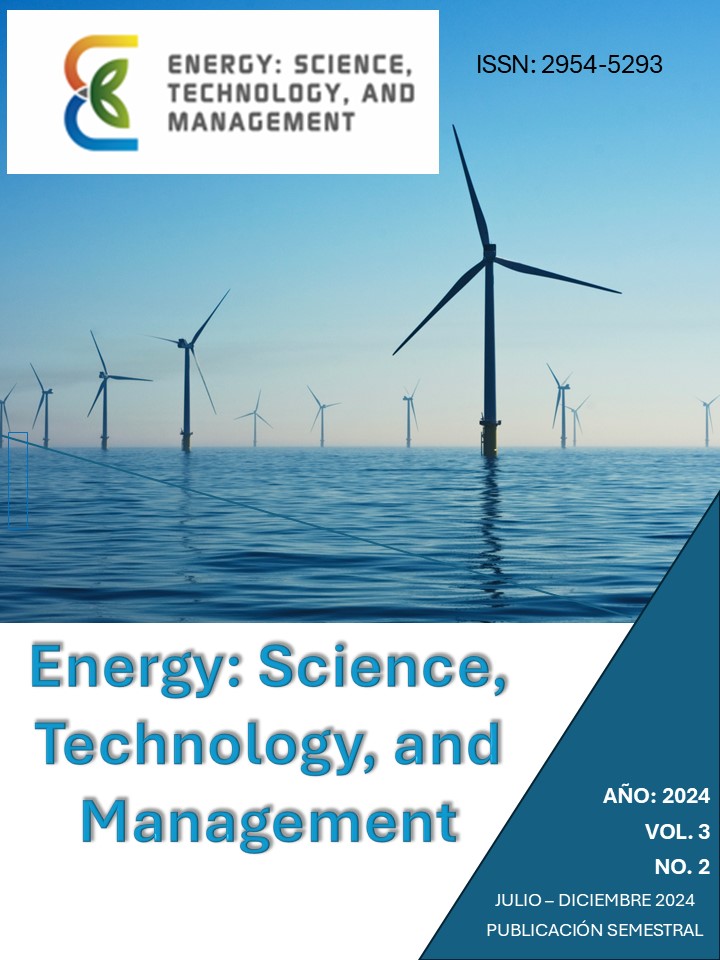CO2 adsorption with different adsorbent materials: a modeling and simulation study
Keywords:
modelling, CO2 Capture, Mesoporous materials, sustainabilityAbstract
— Reducing CO2 emissions is essential for mitigating the environmental impact of the continued widespread use of fossil fuels. Developing sustainable practices for CO2 separation or sequestration has become increasingly important. Among these practices, the CO2 adsorption technique is a promising and efficient alternative to amine absorption. Adsorption materials are at the forefront of CO2 capture technologies, with carbon-based materials, zeolites, and metal-organic frameworks being among the most promising and widely studied adsorbents. In this paper, the performance of three different micro- and mesoporous solid adsorbents—(i) Zeolite 13X, (ii) Activated Carbon, and (iii) SBA-15—is analyzed using a mathematical model of a micro-scale packed bed column, which was validated with experimental data. The performance of each material is compared in terms of CO2 uptake capacity and saturation time. The simulation results provide insights into the operational conditions that can enhance CO2 capture efficiency, which could be tested in other experimental setups. Based on the kinetic Langmuir model, the predicted behavior of the adsorption process indicates that SBA-15 exhibits a higher CO2 uptake capacity than Activated Carbon and Zeolite 13X under standard operational conditions (25 °C and 1 atm).



